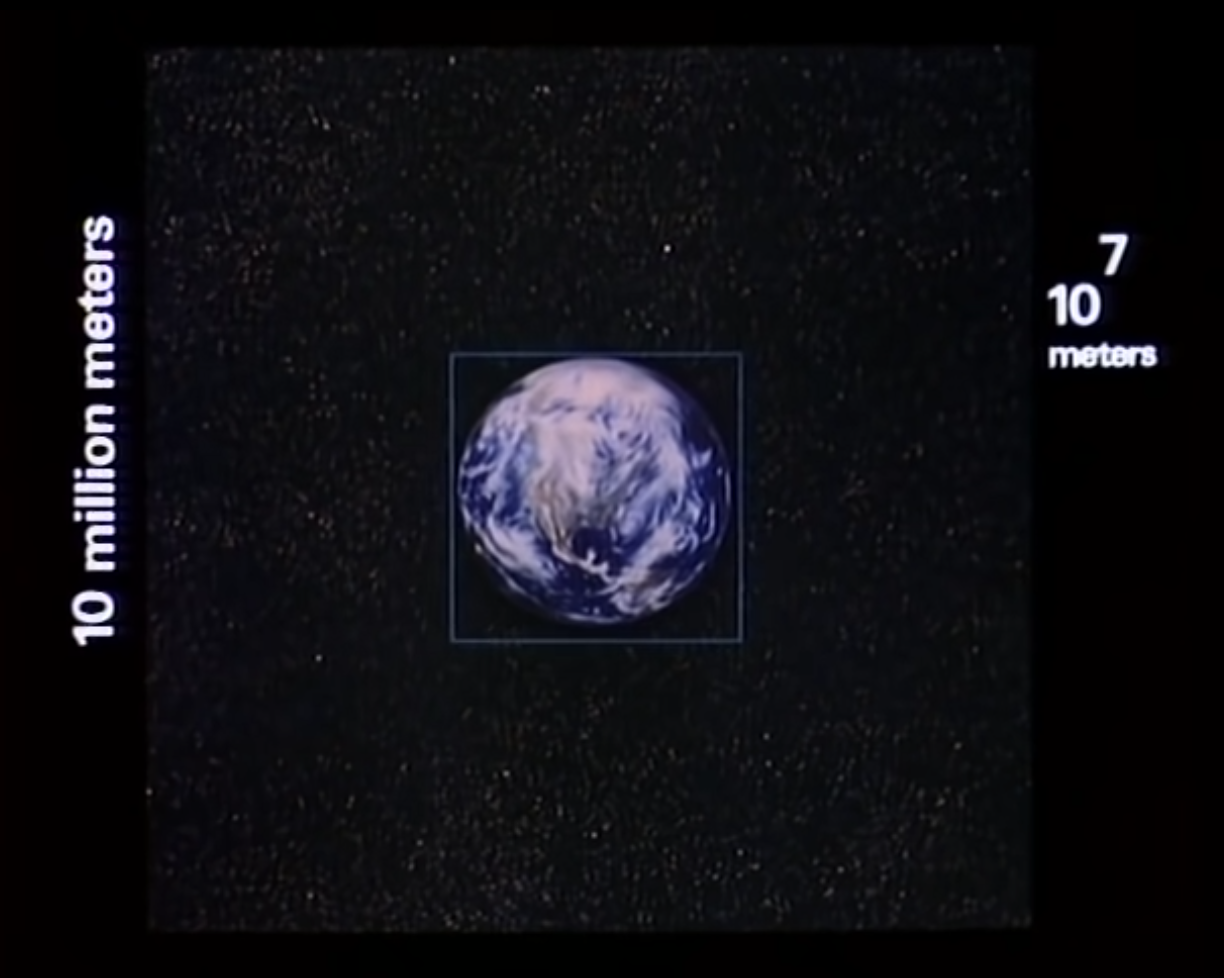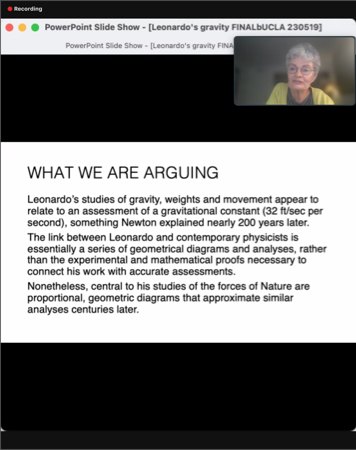On June 3rd, I attended Claudia Schnugg's meeting, Color Light Motion, that revolved on Experiencing Realities: From Fine-grained Data to Cosmic Events. During the event, Claudia Schnugg was able to share works of various people all who were inspired by topics such as climate change, space, data, and human experiences.

During the meeting, Claudia Schnugg introduced a Greek artist that stuck out to me the most.
Yannis Kranidioti who is influenced by the climate crisis and explores the relationship between science and art. Yannis Kranidiotis is able to do this by utilizing motion, sound, and light (Kranidiotis).
During the meeting Claudia Schmuggs presented a presentation of residency by Yannis Kranidiotis called The Tipping Point. This piece fascinated me the most because of the way Yannis Kranidiotis was able to structure it. Claudia Schnuggs explained that this piece was constructed out of 24 light metronomes and was a proposal for data-driven light and sound kinetic installation. This piece incorporated data from IPCC Sixth Assessment Report that allows the metronomes to change in both frequency and brightness. These characteristics are supposed to represent the past and the future of environmental changes due to climate change (European Commission). The metronome represents how fast time can pass to the point where tipping points are reached. Tipping points in regard to climate change are the threshold that signifies a point reached that results in irreversible damage. There are a total of nine tipping points across the globe that could possibly push parts on the Earth into irreversible change (McSweeney). I really enjoyed that Claudia Schnugg introduced us to this piece because I believe it is really important for artists to use their platform to increase awareness on life changing issues such as climate change.
European Commission. “The Tipping Point.” The Tipping Point | SciArt, science-art-society.ec.europa.eu/tipping-point. Accessed 8 June 2023.
McSweeney, Robert. “Explainer: Nine ‘tipping Points’ That Could Be Triggered by Climate Change.” Carbon Brief, 22 July 2022, www.carbonbrief.org/explainer-nine-tipping-points-that-could-be-triggered-by-climate-change/.
Kranidiotis, Yannis. “About.” Yiannis Kranidiotis, kranidiotis.gr/about/. Accessed 8 June 2023.






















